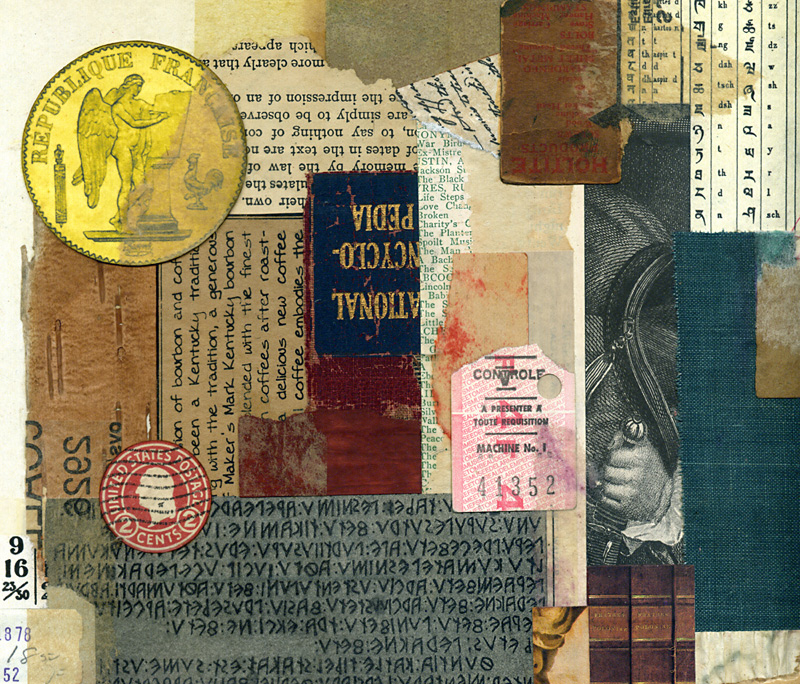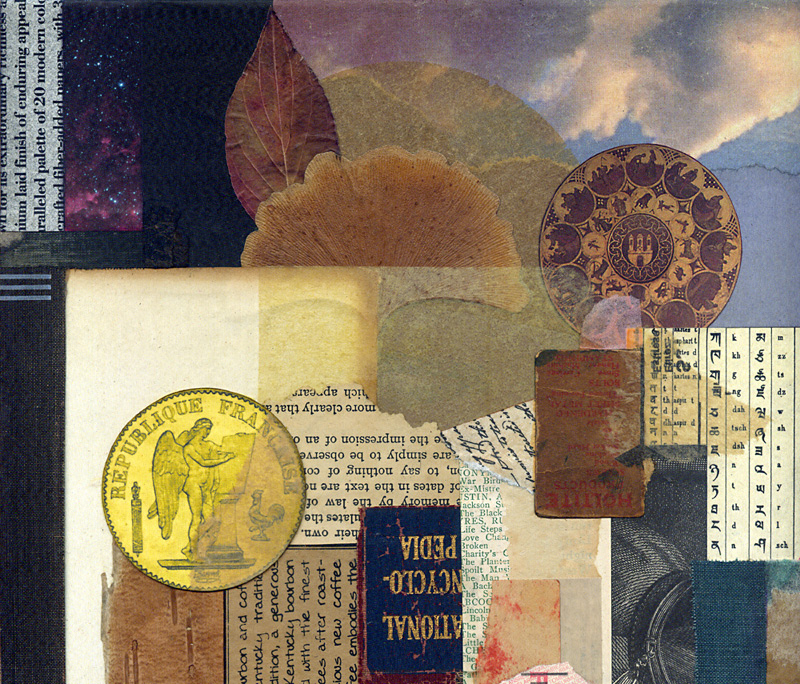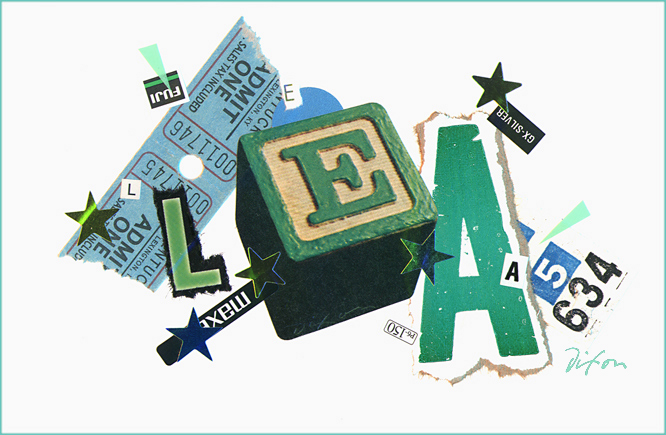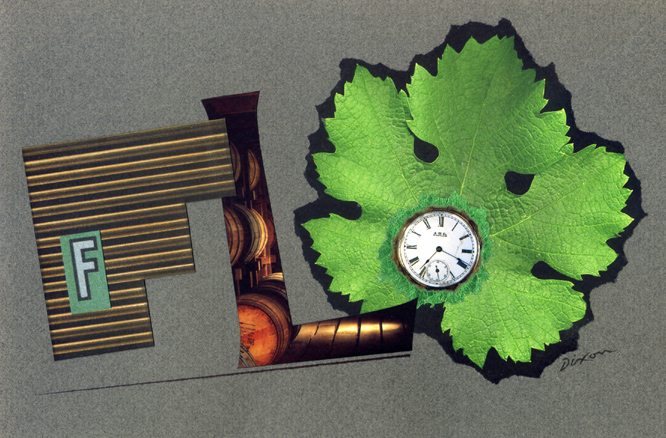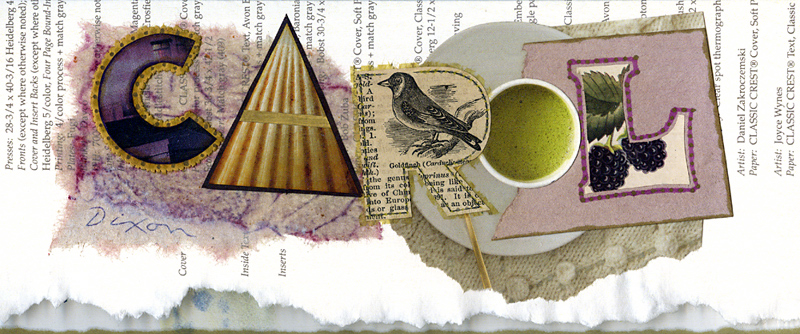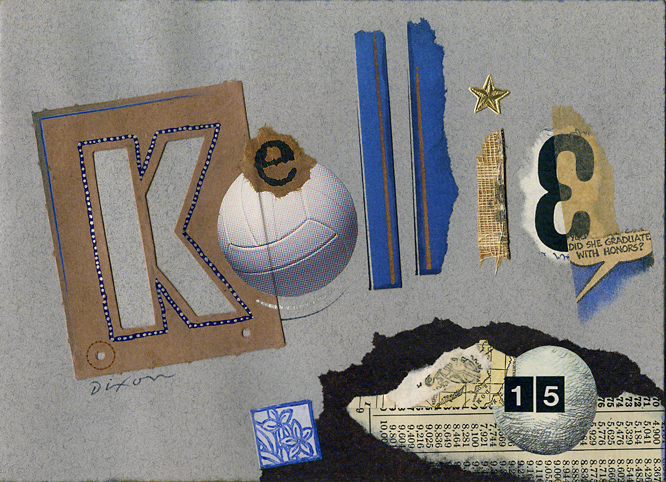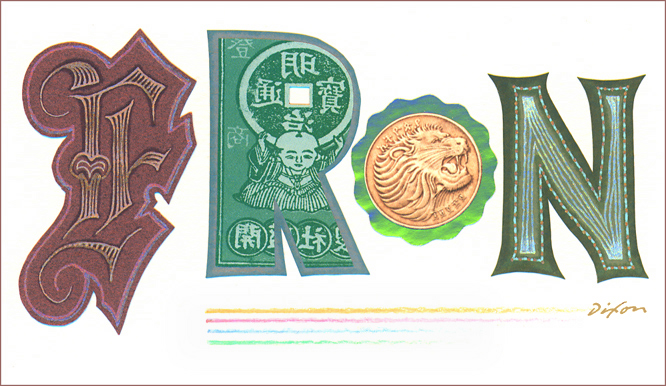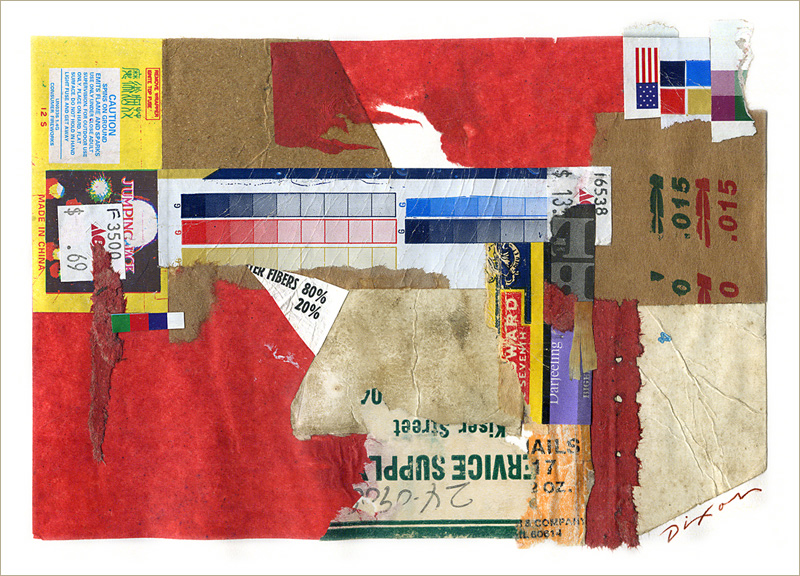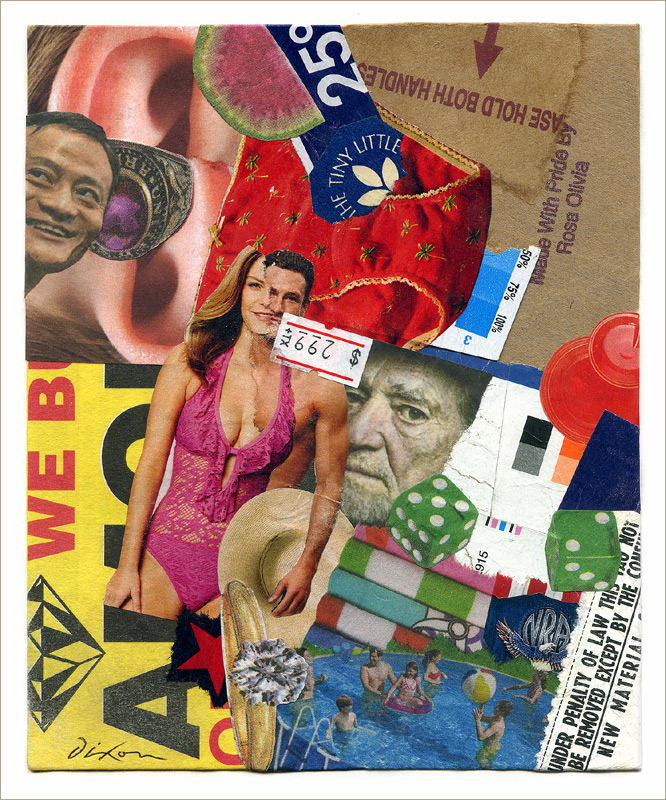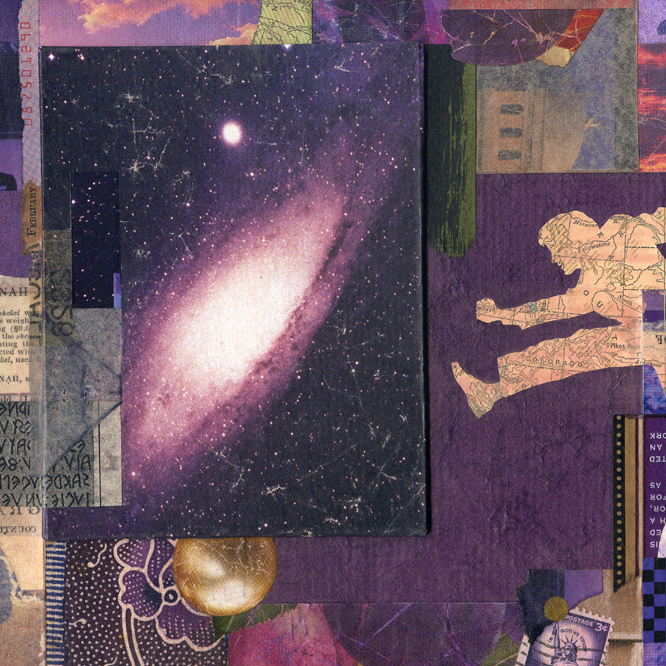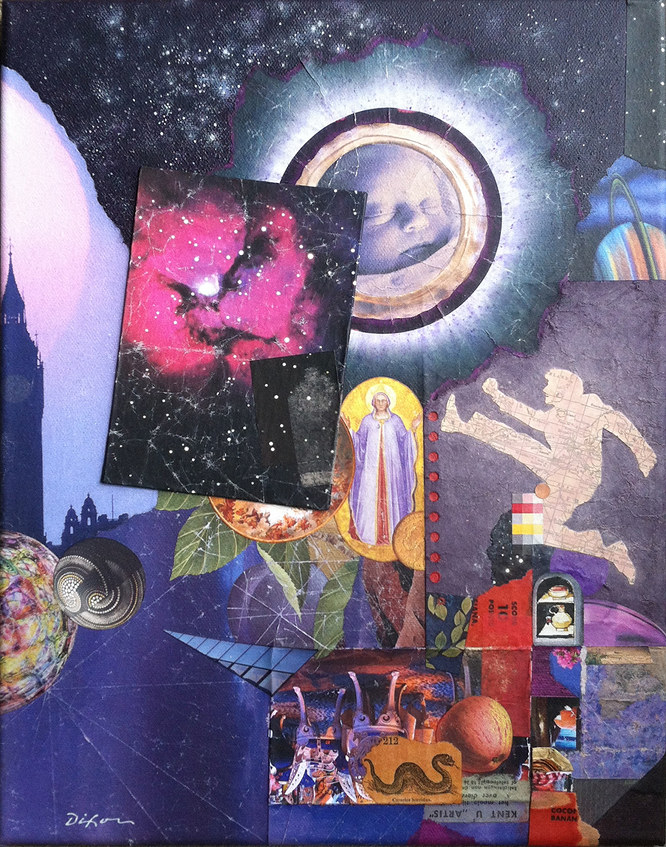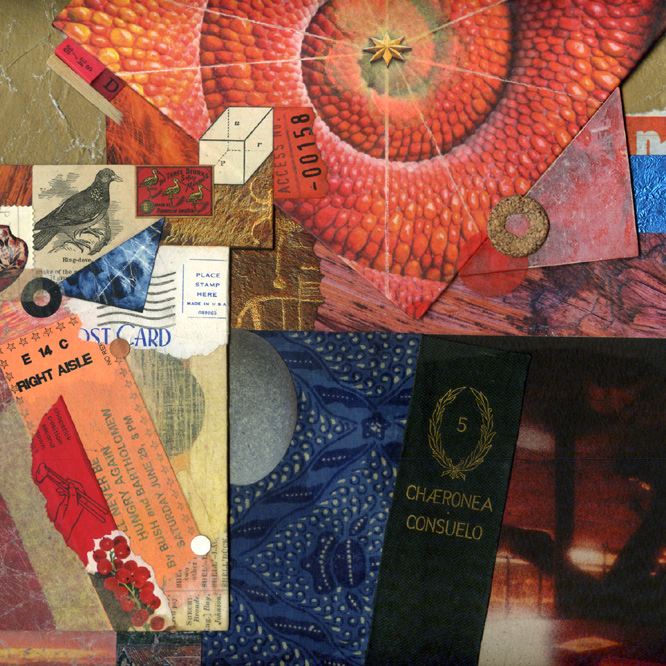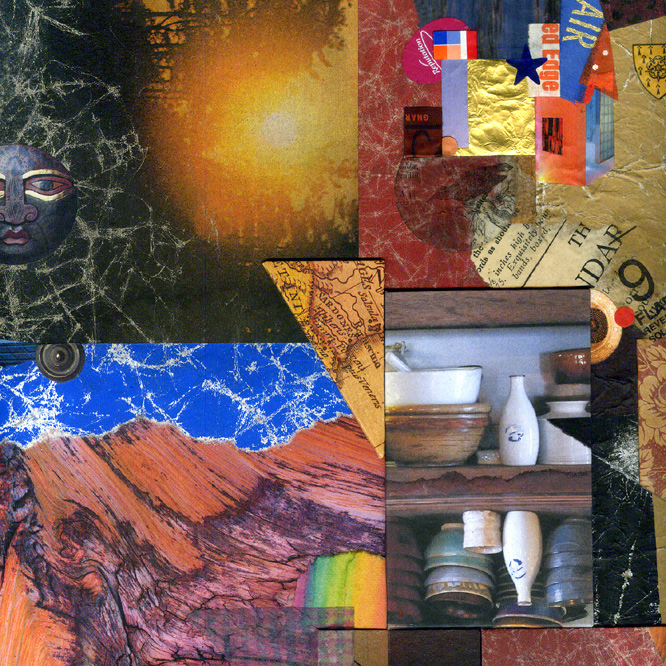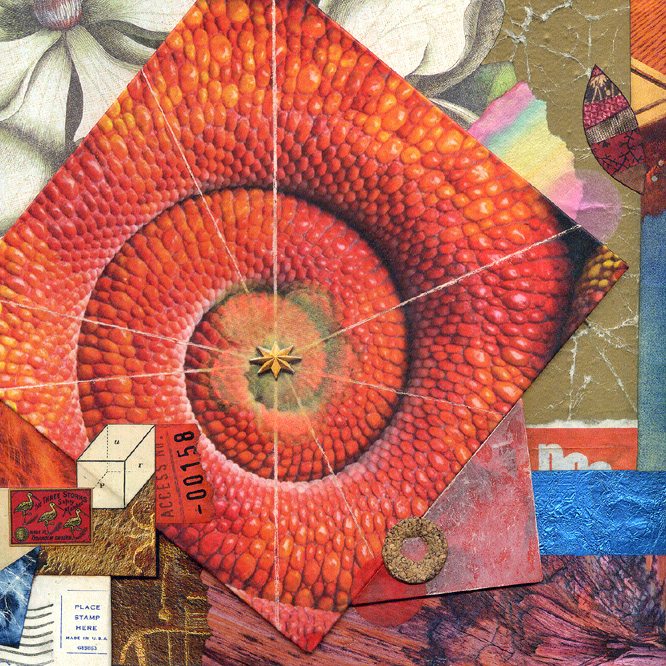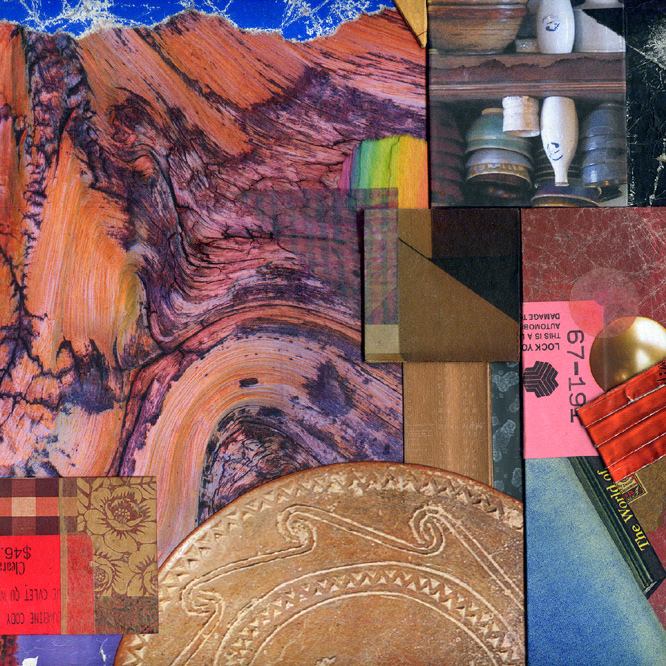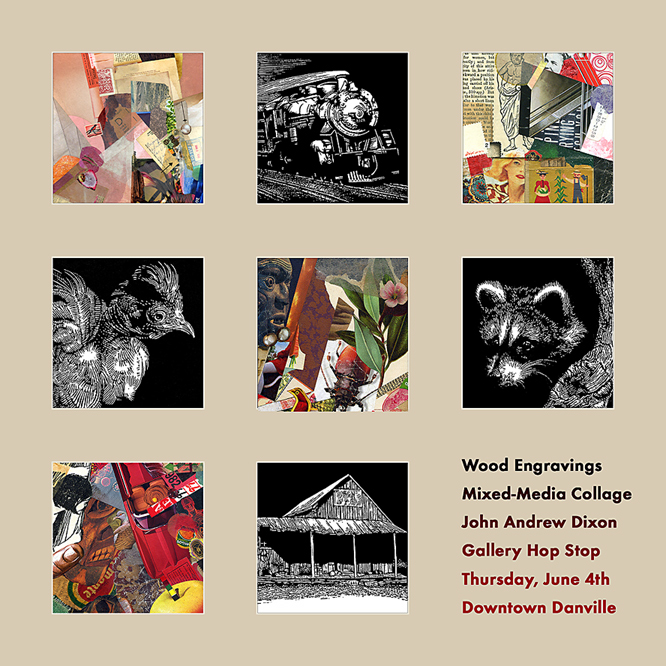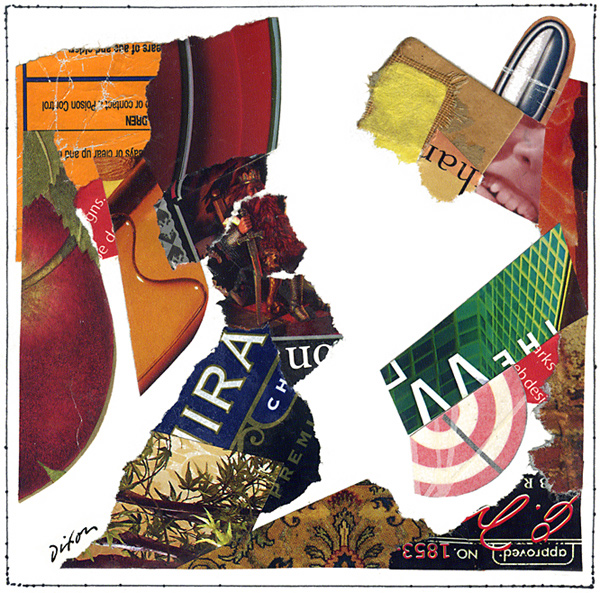“As artists, we have to lead from the heart.”
— Lee Harvey Osmond (aka Tom Wilson)
Previously, I have remarked about artists continually being pestered to donate their work to “worthy causes.” Personally unable to categorically refuse, as some do in principle, I have kept my contributions infrequent, close to home, and relatively small in scale. I know artists who can get dogmatic about this subject, not only steadfastly rebuffing all solicitations, but also insisting that others follow their lead. To be honest, I cannot say that they have failed to rationally argue their position. Even so, I think that artists, not unlike other professionals, should be able to find the proper place for occasional pro bono work, and each individual should be free to follow one’s heart. In addition, people who administer charitable, educational, and other nonprofit organizations might make a better effort to understand the issue from an artist’s point of view and to consider more carefully how their knee-jerk requests for free product serve to devalue creative labor.
And now for the anecdote: Once every two years, I create a collage for An Art-full Affair, our biennial effort to raise money for local arts scholarships. Each donation of artwork or creative service is matched by a ticket sale, admitting the buyer and her guest to a double-evening of festivities — a preview party and a gala drawing. The first name drawn gets to pick from every available donation on display, until there is only one ticket holder and one artwork remaining. Each item is guaranteed to be worth at least twice the value of the ticket price. For the artist, it is always suspenseful to see how early one’s piece is selected. For the supporter, there is the duel satisfaction of taking home a bargain while also helping deserving youngsters who would not be able otherwise experience art, music, drama, and dance. Nobody offers me more encouragement than my sister, Joan. Previously at the event, her name was not drawn early enough for her to pick my offering, but this time luck favored her wish list, and, when her name was announced, she selected my artwork. I was especially pleased. With this kind of thoughtfully organized event, everyone wins!
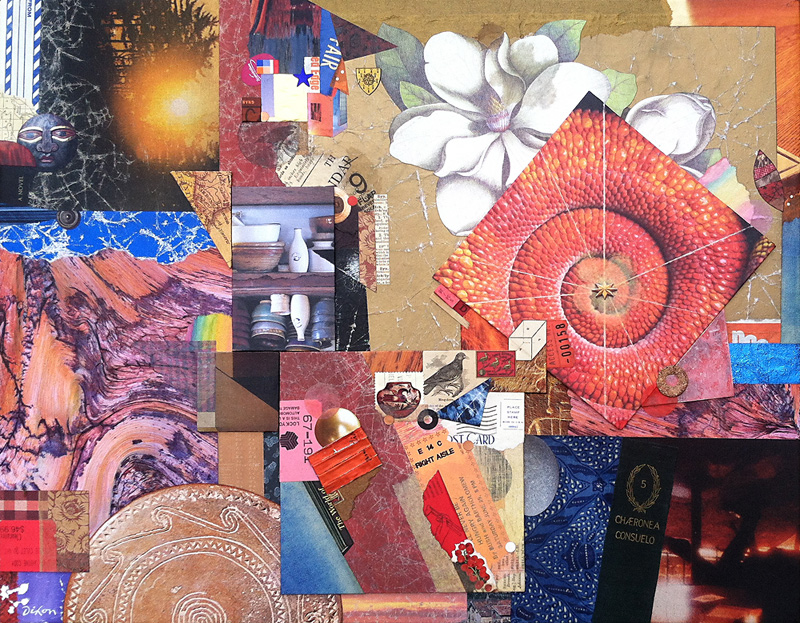
Contemplation Ajar
collage on structured panel by J A Dixon
20 x 15.75 inches
collection of J Wood
